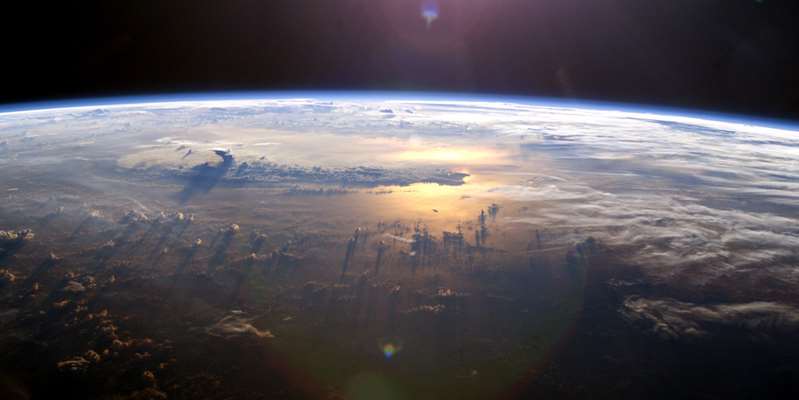Norwegian scientists announced the rapid cooling of the Pacific Ocean
Scientists from the University of Oslo have identified an unusual phenomenon. They found that one half of the globe is cooling faster than the other, according to Geophysical Research Letters.
Scientists have conditionally divided the globe in two, but not along the Zero meridian, but along the 60-degree longitude. It turned out that the part with the Pacific Ocean loses heat more intensively than the part with Africa, Asia and Europe.
The study combined two sets of data: the amount of heat penetrating the crust and the movement of the continents over the past millions of years. It turned out that the oceanic crust retains heat worse than the continental one.
Scientists have focused on the period from the middle of the Paleozoic (400 million years ago) to the present day. According to calculations, the rate of global heat loss of the planet during this time was 149 Kelvin per billion years.
“Our analysis also suggests a sustained rapid cooling of the Pacific mantle hemisphere, which may have cooled 50 kelvin more than its African counterpart,” the authors noted.
The fact that the Earth is gradually cooling has been known for a long time. Scientists believe that it will eventually turn into an icy desert like Mars. But it turned out to be difficult to understand how the cooling process occurs and has occurred historically.
Previous studies have only been able to collect data for the last 240 million years. For the first time, the authors of the new scientific work looked even further into the past – 400 million years ago. At that time, the location of the continents was very different from the present. The planet was dominated by super-continents like Pangea. It began to disintegrate about 200 million years ago, leading to the current distribution of Earth's mass.
The Pacific “half” was originally hotter, but is now cooling faster. The additional heat released from the Pacific mantle may have been captured by the supercontinent Rodinia 1.1-0.7 billion years ago. Now, when Europe, Asia and Africa are located on one half of the globe, and the other is almost completely covered with water, the cooling of the planet has acquired a somewhat “one-sided” character.
Earlier, scientists announced a record decline in the speed of the Gulf Stream. They attributed this to an anthropogenic factor.
Take our science test and write your result in the comments – make your mark on the world of science!

